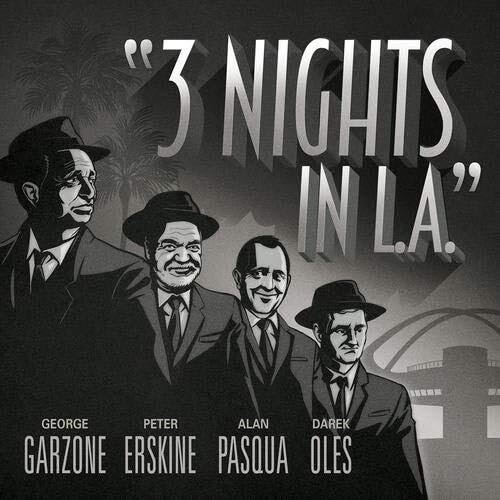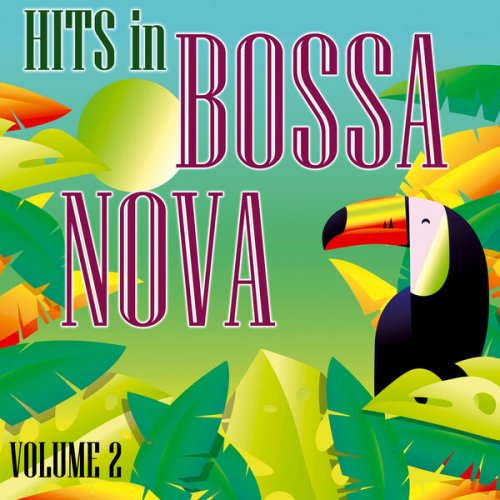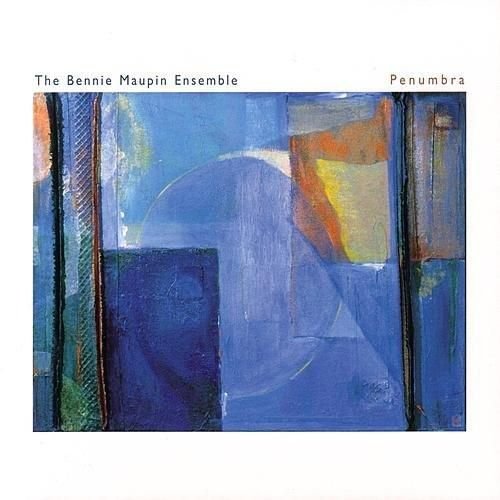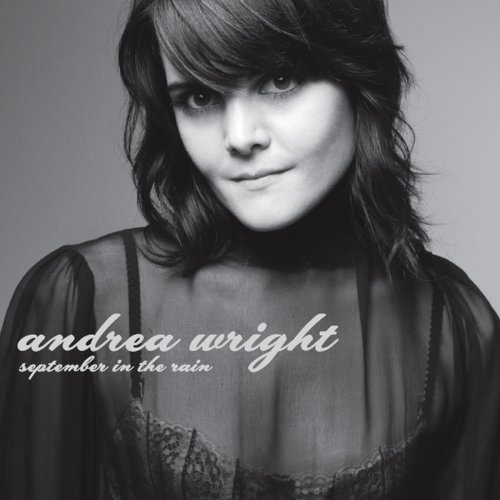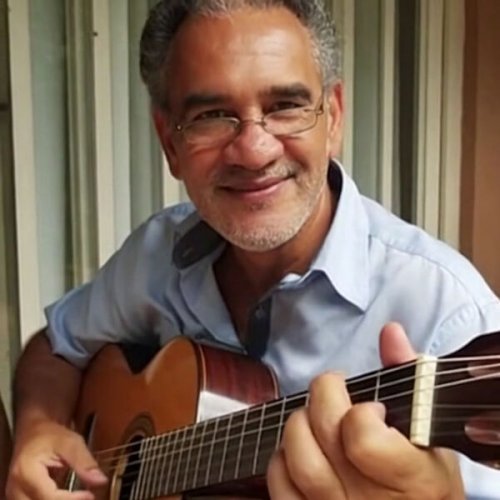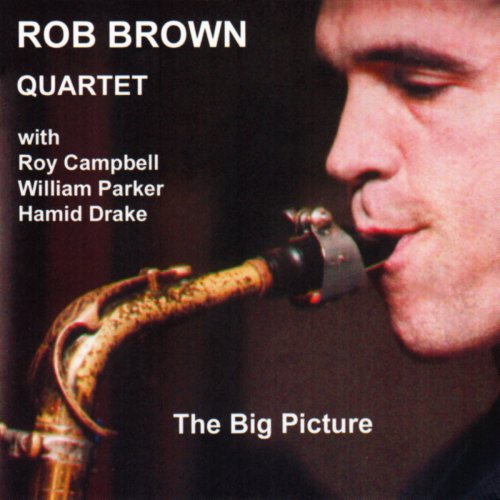Silvia Belfiore - Kuthula: Contemporary Piano Music from the African Continent, Vol. 2 (2025)
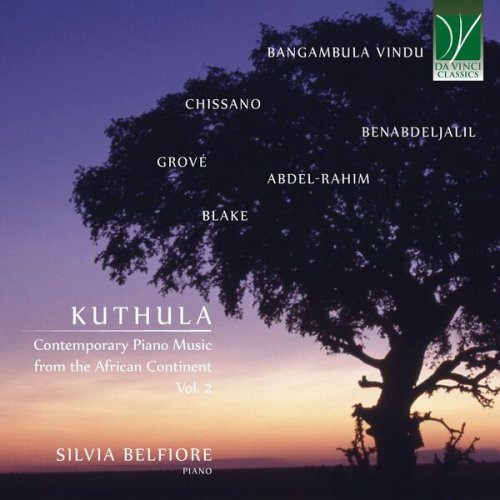
Artist: Silvia Belfiore
Title: Kuthula: Contemporary Piano Music from the African Continent, Vol. 2
Year Of Release: 2025
Label: Da Vinci Classics
Genre: Classical Piano
Quality: flac lossless (tracks)
Total Time: 00:48:48
Total Size: 146 mb
WebSite: Album Preview
TracklistTitle: Kuthula: Contemporary Piano Music from the African Continent, Vol. 2
Year Of Release: 2025
Label: Da Vinci Classics
Genre: Classical Piano
Quality: flac lossless (tracks)
Total Time: 00:48:48
Total Size: 146 mb
WebSite: Album Preview
01. Lullaby
02. Mihloti-Lágrimas
03. Frisson Nocturne
04. da Images from Africa, N.19 Music from Africa: No. 1, Morning Music
05. da Images from Africa, No. 19 Music from Africa: No. 3, Invocation of the Water Spirits
06. da Images from Africa, No. 19 Music from Africa: No. 4, Lamenting Bird
07. Lament
08. Ways to put in the salt
Andre Bangambula Vindu (Congo, 1953)
Born on 1953 in Kinshasa, Vindu studied at the Institut National des Arts, where he lectured in Music Theory. He undertook Musical Research at CEDAR and served as Head of the Experimental Ensemble Maisha of INA, National University of Zaire. In 1991, he obtained Master Degree of Arts in Art of Music Composition in Shanghai Conservatory of Music. Later, he attended Seminars at EPHE, Sorbonne in Paris in 1991-92 and he got a recognition from the International Music Council of UNESCO, Paris. He attended International Festivals in Wien, Quebec, Amsterdam, Cambridge and Johannesburg.
About his Lullaby, he explains: “I got the inspiration from the Kongo folksong. Indeed, this music depicts a mother who is singing a lullaby while carrying a baby on her back. In the meantime, she is cooking some food. This custom is common in Congo Kinshasa”.
Nabil Benabdeljalil (Morocco, 1972)
Benabdeljalil is a composer and musicologist with advanced degrees from Kyiv and Strasbourg. He is an independent composer, having been influenced by a wide variety of traditions throughout his career, and he does not recognize artificial boundaries between different approaches to musical creation. His works have been performed internationally, including orchestral, chamber, and piano music. Beyond the “classical” register, characterized by its formal complexity, the composer has also shown deep interest in traditional Arab music in its natural forms. His most renowned work is Naissance, set to a poem by Ahmed Toufiq. He conducted the piece himself at the Mohammed VI Institute for Imam Training in Rabat, and again in Casablanca. He performed as a pianist with the instrumental ensemble Zakharif. As a musicologist, he explores various fields of research — technical, aesthetic, and historical — whether in relation to Moroccan, Arab, and Western music. Over time, his intellectual focus has shifted toward the intersection of music, philosophy, and religion, culminating in his philosophical novel The Return of Ibn Yaqdhan.
The Middle Eastern modal character is very present in Frisson de la nuit. This complex piece carries expressive and dramatic weight. The mystical dimension of the music is particularly evident — indeed, it is almost religious. The title itself is directly inspired by an Ayah from Surat al-Muzammil: The night prayer is more impactful. However, it is not the prayer itself, but rather the mystical nocturnal impact that matters to the composer. A sense of tragic fatality is also strongly present — right from the very first rhythm of berceuse, which opens the piece. Here, the composer admits to being deeply disturbed by the final scene of Tchaikovsky’s opera Iolanta, where the heroine, in a state of pure madness, sings a lullaby to her beloved dying. Thus, under the powerful influence of the night, contemplation and spiritual focus are themselves haunted by a deep existential anxiety — which is ultimately “transcended” by a light from another dimension before concluding once again with the opening lullaby.
Stefans Grové (South Africa, 1922-2014)
Grové is considered one of South Africa’s most important composers. Known for blending Western classical traditions with indigenous African music, he helped in shaping a uniquely South African art music identity. Born in 1922 in Bethlehem, he studied in Cape Town and later at Harvard under Walter Piston, also learning from Aaron Copland. After teaching in the U.S. at the Peabody Institute in Baltimore for over a decade, he returned to South Africa in 1972 to join the University of Pretoria, greatly influencing local music education. A turning point came in 1984, when African street music inspired him to develop an original Afrocentric style that went beyond superficial elements. He was the first composer to truly embed Black African music into the core of his compositions. Grové has been also active as a writer and music critic.
Images from Africa is a musical suite envisioned as a gallery of sound-paintings, each capturing a facet of African life.
Morning Music evokes the freshness of dawn in untouched nature through delicate textures. Invocation of the Water Spirit reflects ancient beliefs in mystical river beings, brought to life through ceremonial and magical soundscapes.
Lamenting Birds portrays the silent sorrow of caged wild birds, with a repeating chord symbolizing their confinement and lost freedom.
Gamal Abdel-Rahim (Egypt, 1924-1988)
One of Egypt’s most prominent composers. Born in Cairo in 1924 in a traditional musical family. Discovering his passion at an early age, he began to acquire playing the piano alone, until he started to read history at the Cairo University, where he got the first opportunity to study harmony & piano simultaneously with local European teachers. A government scholarship led him to Germany to study composition with Genzmer at the Musikhochschule in Freiburg (1951 – 1957) (thus being the first Egyptian to study composition academically in Europe). Back home, he started teaching at the Cairo Conservatoire, where he eventually established the first composition department in the Arab world. Several renowned Egyptian and Arab composers studied with him, and have profited from his own long composer’s search, for a unique idiom that reconciles the essence of traditional and folk Egyptian music, with European contemporary techniques. His aesthetic world is poetic, contemplative, nostalgic, and yet full of vitality and vigour as well. German critic Stuckenschmidt described his musical style as “a synthesis of Eastern spirit and Western techniques, that goes a step further than that of Bartok”.
To the Arab Martyrs, a two-movement piano work, derives from the composer’s music for the documentary film Faces from Jerusalem about Palestinian paintings and sculptures. The composer’s sympathy for its subject, resulted in his rewriting some of the ideas of its incidental music in one of his major piano pieces. The Lament is a sombre piece where a predominant motif of augmented fourth, heard at the beginning, grows to the accompaniment of dissonant harmonies. Another sad theme is heard above a chromatic ostinato, using intervals from the first motif. The musical texture grows steadily in richness and urgency, revealing the composer’s mastery of closely-knit form.
Estêvão Filipe Chissano (Mozambique, 1994)
As a Mozambican composer, Chissano attended the Geology course at Eduardo University Mondlane. He is a Music Student (Chorus, Direction and Composition) in the Xiquitsi Project, a non-profit project for social inclusion and professional training through the collective teaching of music in Maputo and where he has been teaching Musical Initiation. In his works, he seeks to explore several musical instruments, techniques and textures, from traditional to contemporary, including electronic music. His compositions have been part of the Classical Music Season in Maputo and have already been performed in various countries, such as Japan, Cape Verde, Germany, Italy, UK, Brazil, Portugal, Norway and South Africa.
Mihloti, meaning tears in Changana and Lágrimas in Portuguese, is a piano piece that expresses the turmoil caused by armed attacks in Mozambique, particularly occurred in 2020. These attacks, linked to the discovery of gas reserves in Cabo Delgado, are paralleled by the devastating impact of cyclones and floods since 2019. Structured in three movements, the work blends varied textures and emotions, evoking memories of smiles bathed in tears—the mihloti.
Michael Blake (South Africa, 1951)
Born in Cape Town, Blake studied in Johannesburg and London and received his doctorate from Rhodes University, Grahamstown. After avoiding conscription during apartheid, he moved to London in 1977, returning to South Africa in 1998 to teach at Rhodes University. He founded several important initiatives, including the New Music Indaba, Growing Composers, and the Sterkfontein Composers Meeting, aimed at supporting young Black composers. He also curated the “Bow Project”, commissioning string quartet responses to traditional uhadi bow music. Blake’s music is shaped by African instruments and techniques, experimental film, and African weaving. Blake’s works have been widely played, in Toronto, New York, Havana, Buenos Aires, Mexico, Australia, India, Japan, and throughout Europe and Africa, and now appears on nearly 20 CDs and DVDs, including the recent triple album Afrikosmos. In 2024 his Symphony was premiered in Kassel by the Kyiv Symphony Orchestra. He currently lives in rural France and holds an honorary position at Stellenbosch University in South Africa.
Ways to Put in the Salt was written at the request of John Tilbury and premiered at the New Music Indaba in South Africa in 2002. While researching Xhosa music (in the Eastern Cape, South Africa), one of Prof David Dargie’s informants, Mrs Amelia No-Silence Matiso told him how the Xhosa people like “to put salt into their songs” to bring the performance to life. Salt may be added rhythmically, melodically and harmonically using cross-rhythms, clap-delay techniques, altered scale tones, parallel melodic and harmonic parts, non-harmonic tones, dissonance, pattern-singing, and a variety of vocal techniques. The legendary Nofinishi Dywili (died 2002), whose live and recorded performances are among his most memorable musical experiences, was probably the greatest exponent of uhadi bow music.
![Elmer Bernstein - Movie and TV Themes (1962) [1987] Elmer Bernstein - Movie and TV Themes (1962) [1987]](https://www.dibpic.com/uploads/posts/2025-12/1766269303_folder.jpg)
